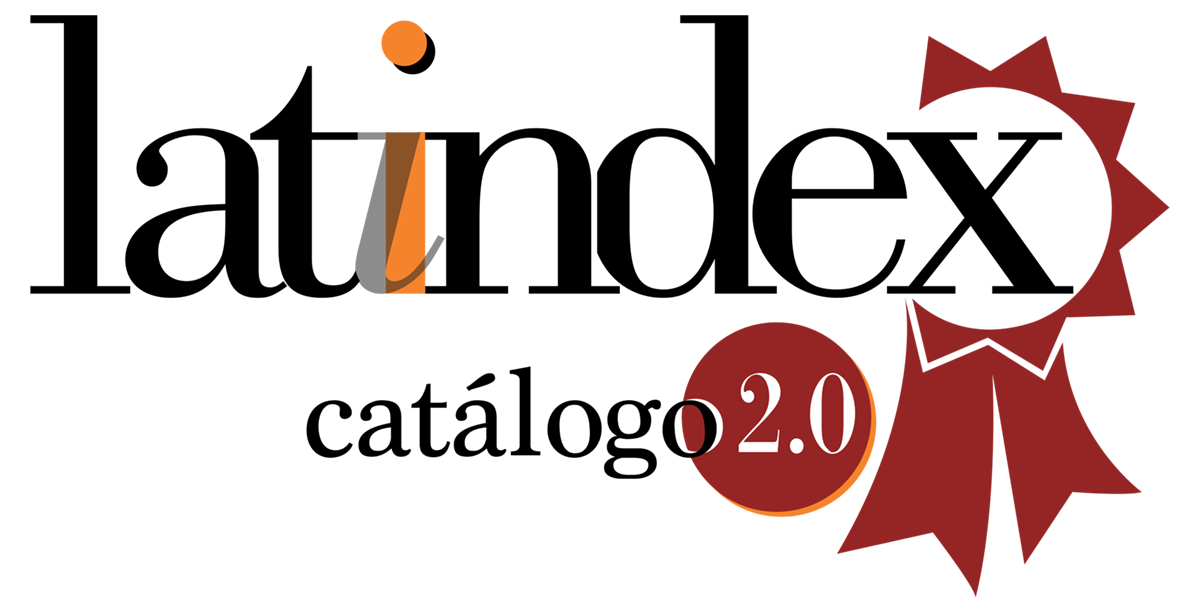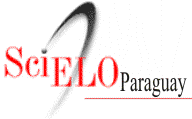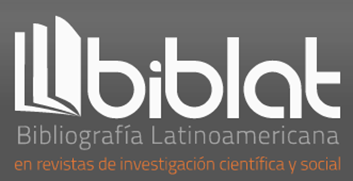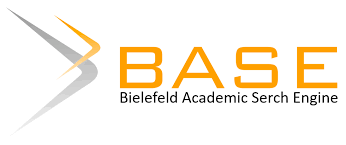SECTION POLICIES
Original articles must be unpublished and have a length of between 5,000 words (5 pages) and 8,000 words (20 pages). They should follow this structure: Title, Abstract, Keywords, Introduction, Materials and Methods, Results, Discussion (these sections can be combined or separate), Sources of Funding, and References. The "Acknowledgments" section may be included, if applicable, before the references.
STRUCTURE
- Title: Clear and concise, informative, in the language of the text, in both Spanish and English (maximum 20 words). Capitalize the first letter and use lowercase for the rest, in bold, except for Latin terms, which should be italicized and not bolded. Do not include abbreviations.
- Authors' Names: There is no limit to the number of authors, but it is mandatory to declare each author's contributions (in the cover letter). Affiliations, including institution, department, city, country, email, and ORCID (Open Researcher and Contributor ID), follow the names. Use an asterisk to indicate the corresponding author.
- Abstract: Maximum of 250 words, written in a single paragraph, in the past tense. The same applies to the English abstract. Do not include sections, citations, references, footnotes, or abbreviations.
- Keywords: 3 to 5 internationally accepted keywords or short phrases that aid indexers in classifying the article. Preferably, do not include words used in the title, check UNESCO or MeSH vocabularies for thesaurus verification.
- Introduction: Should state the article's purpose and summarize the study's logical basis. Include only strictly relevant references without extensive review. Maximum of 1,000 words (3 pages).
- Materials and Methods: Mention the location, locality, or institution where the study was conducted, describe the population and selection method, variables, and methods used, with sufficient detail for reproduction by other researchers. Provide references for standard methods and specify the software used for statistical analysis. Do not use participants' names, initials, or clinical record numbers, especially in illustrative material.
- Results: Present results logically using text, tables, and/or figures. Do not repeat data from tables or figures in the text; only highlight relevant observations. A maximum of 5 tables or figures is allowed. Do not include bibliographic citations in this section.
- Tables and Figures: Include tables, figures, diagrams, images, and photographs within the manuscript's text at their appropriate location, properly cited, and with corresponding legends. Number them consecutively using Arabic numerals according to their type. After acceptance, tables, figures, diagrams, images, and photographs should be submitted in their editable formats. Use standardized nomenclature, abbreviations, and symbols for each discipline; include explanatory notes for non-standard abbreviations. Decimals should be preceded by a comma, not a point. Figures should be presented in the simplest format for correct interpretation of the underlying data, avoiding the use of 3D elements, highlights, or unnecessary effects. Figure titles and legends should not be inside the image.
- Discussion: Do not merely repeat the results; present the most relevant findings, explaining their significance and relating them to other pertinent studies. Link conclusions to study objectives. Propose new hypotheses if justified, identifying them as such. When appropriate, include recommendations and mention study limitations and implications for future research. This section can be combined with the results or presented separately.
- References: Follow APA 7th edition style for citations and references. Use 15 to 30 recent and relevant references and avoid using abstracts from events or personal communications, and other "gray literature." Articles accepted but not yet published may be included in the references; indicate the journal title and add "In press." Submissions must conform to the 7th edition of the APA Publication Manual using the author-date citation system. Each cited work should appear in the alphabetical reference list and vice versa. Authors are encouraged to use reference management tools like Mendeley.
Note : Include funding sources and acknowledgments if applicable.
Submit new manuscripts to the ORIGINAL ARTICLES section
REVIEW ARTICLES
Priority will be given to review papers focusing on current topics established by the Editorial Committee. Two types of reviews will be accepted: narrative and systematic. In both cases, a literature review of at least 50 references must be presented. The maximum length of the text is 9,000 words, and up to 7 figures or tables are allowed. Narrative reviews should include: Title, Abstract (maximum 250 words), Keywords (3 to 5), Topic Development, Conclusion, and References.
For systematic reviews, it is mandatory to include a checklist and a figure of the relevant reporting guidelines, including the PRISMA checklist and flow diagram or the most suitable PRISMA extension for variations in the standard methodology. The flow diagram must be included in the main text, and the checklist must be provided as an additional file; both the flow diagram and checklist must be referenced in the text. Submissions without these elements will be returned to the authors as incomplete. A Word file with the checklist and flow diagram can be downloaded [Here].
It is understood that some aspects of the report may not fully comply with the PRISMA checklist in some systematic reviews. The checklist will not be used as a tool to judge the manuscripts' suitability for publication. It is intended to help authors clearly, completely, and transparently communicate their methods and findings to reviewers and readers.
Sections to include are: Title, Abstract (PRISMA extension), Background, Methods, Results, Discussion, Conclusions, List of Abbreviations, and Declarations.
Submit new manuscripts to the REVIEW ARTICLES section.
CASE REPORTS
The text should have a maximum of 2,500 words and allow up to 4 figures or tables. It should include: Title, Abstract (maximum 150 words), Keywords (3 to 5), Introduction, Case Presentation, Case Discussion based on the literature, and References (maximum 25).
Submit new manuscripts to the "CASE REPORTS" section.
LETTERS TO THE EDITOR
These are short manuscripts requesting clarifications or presenting comments on material recently published in the journal or current topics. In this case, a maximum of 2 pages, one table or figure, and five references are allowed. The decision to publish the received letters is at the discretion of the journal's Editorial Committee. Considerations for writing can be found [Here].
Submit new manuscripts to the "LETTERS TO THE EDITOR" section.
Other Contributions
Any contribution deemed of interest for publication by the Editorial Committee (conference abstracts, reflections, opinions, essays, standards, and technical specifications).
Scientific Event Summaries – EC (congresses, symposiums, workshops, scientific meetings).
Instructions for EC organizers:
The scientific events must meet the following criteria:
- Conferences should focus on academic research reporting.
- The event must be of national and/or international renown, coming from prestigious research or academic-scientific institutions.
- Conferences must have a scientific committee of specialists in the field.
- Conferences must have a series of academic topics for debate and presentation.
- Simple or extended abstracts must go through an arbitration and review process managed by the event organization.
- A review report must be generated for abstracts of each conference (oral or poster).
- Before the event, the scientific event project must be submitted to the journal, except in some situations where it is submitted post-event, provided all requirements are met.
Publication Procedure
- EC organizers must present a proposal to "Investigaciones y Estudios - UNA," including: Name (responsible), Institution, Thematic Area, Location and Date, Event Duration, Modality (In-person, Virtual, Hybrid), Category (Local, National, Regional, International), Type (Symposium, Congress, Workshop), and Scientific and Organizing Committee (with their ORCID IDs).
- The proposal will be evaluated by the Editorial Body of "Investigaciones y Estudios - UNA."
- The journal will provide templates and logos for the scientific event announcement on its website.
- EC organizers are responsible for receiving abstracts and conducting peer reviews.
- Accepted abstracts, along with peer reviews, must be sent to "Investigaciones y Estudios - UNA." They will be verified by Associate Editors based on the research area to validate the editorial process.
- The journal handles production, correction, and publication.
- The journal notifies all authors once the volume is finalized.

















